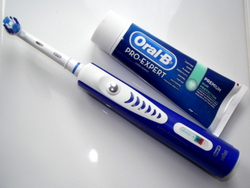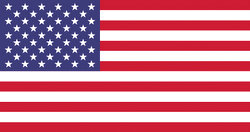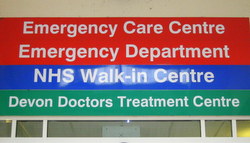 Researchers in the Medical School of the University of Sao Paulo, looking at the use of acupuncture for trigeminal neuralgia, have found that it can reduce levels of pain and medication use. In the longitudinal case-control study, they compared 30 healthy subjects with 60 patients diagnosed with idiopathic trigeminal neuralgia. The latter group were randomly assigned to receive either true acupuncture, sham acupuncture or treatment with the drug carbamazepine. The true acupuncture group received ten weekly sessions. The sham group received the same, except that they were only needled superficially at all acupuncture points.
Researchers in the Medical School of the University of Sao Paulo, looking at the use of acupuncture for trigeminal neuralgia, have found that it can reduce levels of pain and medication use. In the longitudinal case-control study, they compared 30 healthy subjects with 60 patients diagnosed with idiopathic trigeminal neuralgia. The latter group were randomly assigned to receive either true acupuncture, sham acupuncture or treatment with the drug carbamazepine. The true acupuncture group received ten weekly sessions. The sham group received the same, except that they were only needled superficially at all acupuncture points.
Mean pain intensity decreased only in the true acupuncture group, while patients in the sham group required an increase in medication. Both acupuncture groups exhibited a reduction in secondary myofascial pain and mandibular limitation, but only the true acupuncture group maintained these improvements at six month follow-up. The authors conclude that true acupuncture benefits both the primary and secondary causes of idiopathic trigeminal neuralgia pain.
(Acupuncture treatment for idiopathic trigeminal neuralgia: A longitudinal case-control double blinded study. Chinese Journal of Integrative Medicine, November 2017.)



